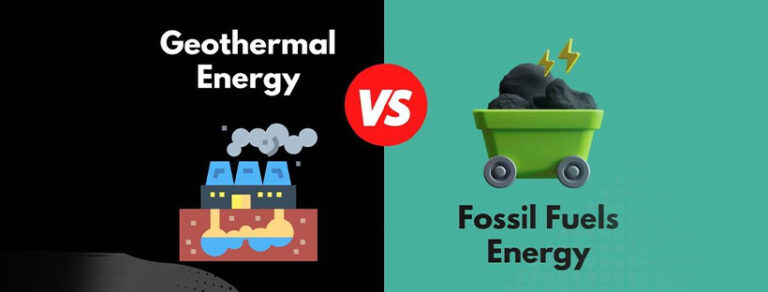Renewable sources of energy are becoming increasingly crucial as the world shifts towards more sustainable and environmentally friendly practices. Among the most prominent renewable energy sources are solar and wind energy. Both have their unique advantages and are being harnessed globally to reduce reliance on fossil fuels. This blog will explore the key aspects of solar and wind energy, comparing their benefits, challenges, and overall potential to determine which one might be better.
Advantages of Solar Energy Over Wind Energy
- Abundance and Accessibility:
Solar energy harnesses the power of the sun, which is available almost everywhere on Earth, making it a highly accessible energy source compared to wind energy, which is dependent on specific geographic locations with consistent wind patterns. - Scalability:
Solar panels can be installed on a small scale for individual homes or on a large scale for solar farms. This flexibility allows for a broader range of applications compared to wind turbines, which typically require significant space and specific environmental conditions. - Low Operating Costs:
Once installed, solar panels require little maintenance and are inexpensive to operate. In contrast, wind turbines often require more maintenance due to mechanical moving parts. - Noise-Free Operation:
Solar panels operate silently, making them suitable for residential areas and urban environments. Wind turbines, on the other hand, can generate noise, which might be considered disruptive in some communities. - Aesthetic Integration:
Solar panels can be integrated into the architecture of buildings, such as being mounted on rooftops, without significantly altering the landscape. Wind turbines are often considered less aesthetically pleasing and can face opposition due to their visual impact on the environment.
Advantages of Wind Energy Over Solar Energy
- Higher Energy Yield:
Wind turbines can generate more electricity per installed capacity compared to solar panels. This makes wind energy particularly effective in regions with consistent and strong wind patterns, providing a higher overall energy yield. - Day and Night Operation:
Wind energy can be harnessed 24/7, as long as there is wind, whereas solar energy generation is limited to daylight hours. This allows for continuous energy production, contributing to a more stable energy supply. - Space Efficiency:
Wind turbines, especially offshore ones, can generate significant amounts of electricity without occupying large land areas. This can be advantageous in regions where land is scarce or expensive, as the land beneath wind turbines can still be used for agricultural purposes. - Longer Operational Lifespan:
Wind turbines generally have a longer operational lifespan compared to solar panels. While both technologies are durable, wind turbines often have a lifespan of 20-25 years, with some extending beyond this with proper maintenance. - Potential for Offshore Deployment:
Wind energy can be harnessed offshore, where winds are typically stronger and more consistent than on land. Offshore wind farms can generate large amounts of electricity without competing for land resources and can reduce visual impact concerns.
Conclusion:
Both solar and wind energy play crucial roles in the transition to renewable energy, and the choice between them depends on various factors such as geographic location, climate conditions, available space, and specific energy needs. For optimal results, a combination of both solar and wind energy can often provide a balanced and reliable energy solution, maximizing the strengths of each technology to achieve greater overall efficiency and sustainability.




